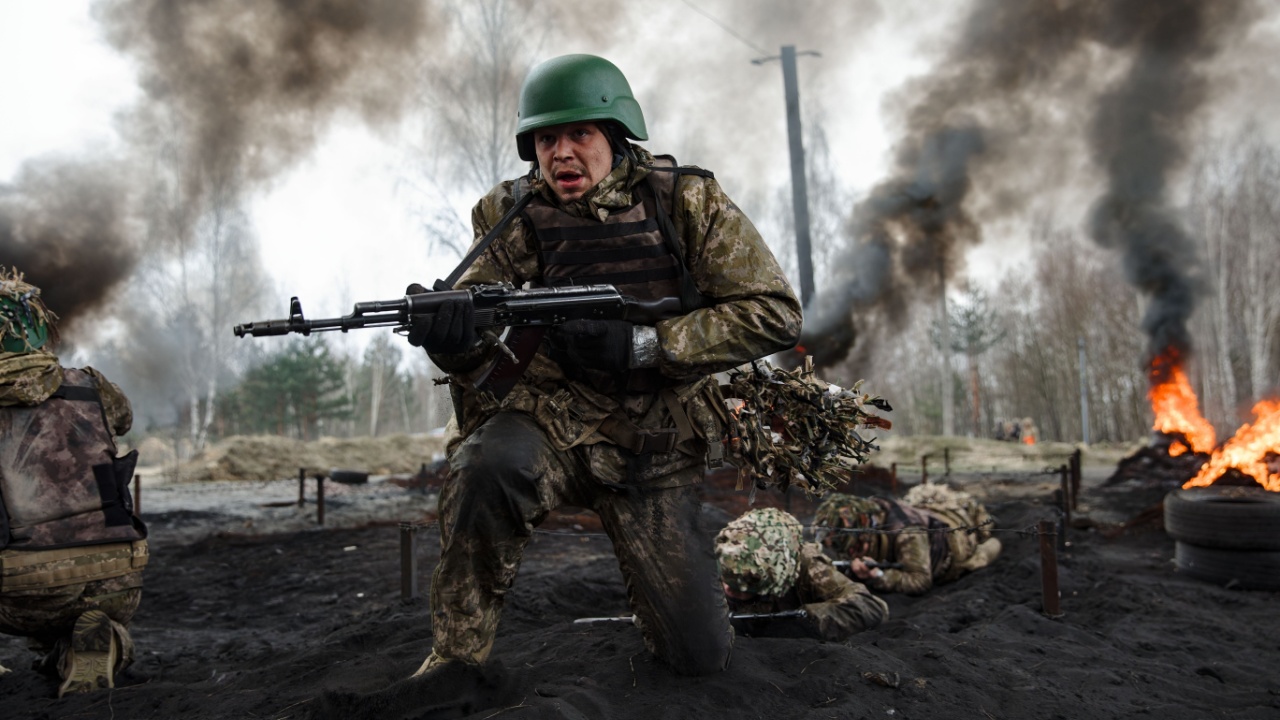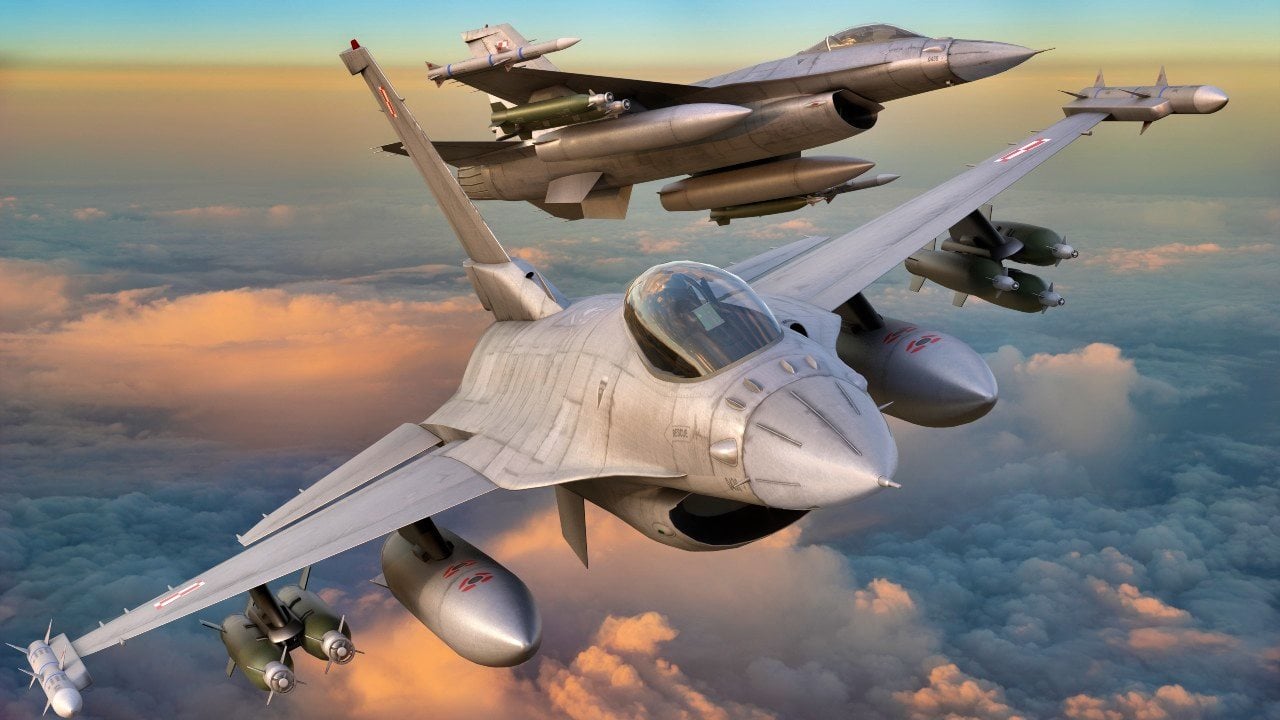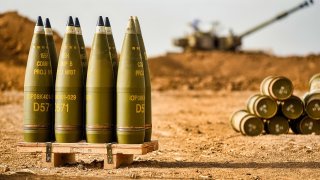The Delay Problem In America's Ukraine Military Aid to Fight Russia
The U.S. has committed nearly $60 billion in military aid to Ukraine, with additional support from NATO allies. This aid enhances Ukraine's combat capabilities, but delivery delays pose significant challenges.
Summary and Key Points: The U.S. has committed nearly $60 billion in military aid to Ukraine, with additional support from NATO allies. This aid enhances Ukraine's combat capabilities, but delivery delays pose significant challenges.

-U.S. aid comes in two forms: the rapid Presidential Drawdown Authority (PDA), which draws from existing military stocks, and the slower Ukraine Security Assistance Initiative (USAI), which funds new equipment purchases.
-Despite recent aid, it takes time for these supplies to reach the frontlines and impact combat operations. As Russian forces attempt to make gains, the effectiveness of U.S. aid in bolstering Ukrainian defenses remains critical.
Ukraine Aid And Delays Create Create Problems and Help Russia
Last week, the United States announced another package of military aid to Ukraine. Valued at almost $2 billion, the package includes air defense and artillery munitions, among other weapon systems and equipment.
As we have discussed previously here at The National Interest, the United States has committed almost $60 billion in security aid to Ukraine, and other NATO allies and international partners have committed additional billions of dollars’ worth of military equipment.
So, how does that military aid translate into combat capability on the ground?
Waiting for That Ammo
Military assistance allows the Ukrainian military to be more effective both on the offense and defense. However, it needs to get there first. And that is the big issue.
In April, Congress approved a huge fund to be used for Ukraine’s military assistance. The approval came after almost a year of bitter bipartisan debate. During that year, however, there was no new security assistance to Ukraine. As such, the Ukrainian forces struggled to maintain their positions on the contact line. NATO and the European Union provided important relief, but the United States remains the largest contributor of security aid to Kyiv.

Now, although the funnel of military aid is open once more, it still takes time for weapon systems and munitions to reach the frontlines and translate into combat capability.
“Western-provided artillery ammunition has reportedly started arriving to Ukrainian forces on the frontline, although not at a scale that would allow Ukrainian forces to fully challenge the Russian military's current artillery shell advantage,” the Institute for the Study of War (ISW) assessed in its latest estimate of the war.
U.S. military aid to Ukraine comes into two forms: Presidential Drawdown Authority (PDA) and the Ukraine Security Assistance Initiative (USAI). The former is the faster option as it draws from the existing arsenal of the U.S. military. PDA military aid is as simple as taking stored M2 Bradley infantry fighting vehicles and shipping them to Ukraine. Conversely, the latter is much slower. Under USAI, the Pentagon takes funds and buys new weapon systems and munitions for the Ukrainian military. But because of existing orders by the U.S. military or other countries, it might take months or even years before those systems are delivered to Ukraine. When working together, PDA and USAI are quite effective in matching short- and long-term needs.
“ISW continues to assess that Russian forces are attempting to make tactically and operationally significant gains before US military assistance arrives to Ukrainian forces at the frontline at scale, and that the initial arrival of Western-provided weaponry will take some time to have tactical to operational effect on the frontline,” the Institute for the Study of War added.
However, the Russian military lacks the requisite combat capability to achieve an operational breakthrough at the moment. The Ukrainian forces might need munitions and weapon systems, but the situation isn’t much better on the other side.
About the Author:
Stavros Atlamazoglou is a seasoned defense journalist specializing in special operations and a Hellenic Army veteran (national service with the 575th Marine Battalion and Army HQ). He holds a BA from Johns Hopkins University and an MA from Johns Hopkins’ School of Advanced International Studies (SAIS). His work has been featured in Business Insider, Sandboxx, and SOFREP.
Image Credit: Creative Commons and/or Shutterstock.


